No products in the cart.
Anchors, Triggers and Prompts
When you decide to make a change are you always successful in sticking with that change? Do you rely on willpower to eat less sugar, move more frequently or increase your hours of sleep? Did you fall victim to the myth that if you do something for 21 days it will become a habit?
How successful are you at leading organizational changes? Do you assume that when you tell people about a change, and add a little change management, that everyone will embrace and practice the change?
Unfortunately, willpower, talking and even change management is insufficient to create lasting change. While change management can help create successful change, lasting change requires new consistent behaviors. Consistent behaviors come from habits. Habits are created through anchors, triggers, and prompts.
- Anchors – the purpose of an anchor is to prevent a boat from drifting due to water current or wind. This same idea can be applied to our habits. Anchor habits are powerful tools to make lasting changes. If you pair a new habit (a change) with a solid anchor habit, it is easier to make the new habit permanent. For example, if you wish to drink a pint of water in the morning and you are already have the anchor habit of drinking coffee in the morning, then pair the water drinking with the anchor habit of drinking coffee. Set the goal to drink a pint of water while the coffee is brewing.
- Triggers– if you are familiar with the habit cycle, you know that there is a cue/trigger, a routine (the action) and then a reward. For example, your alarm goes off (cue) you make coffee (routine) and then you drink a cup of fresh, hot java (reward.) The alarm going off is an example of a time-based trigger. There are a variety of triggers including, location based triggers, emotional or physical state triggers, activity and thought triggers. When someone says, “peanut butter,” what do you think? For most people, the word jelly immediately comes to mind. That’s an example of a thought trigger. You may think that someone is being resistant to change when they are actually being triggered to do the old behavior. Pay attention to how triggers are impacting the change you want to make.
- Prompts – this is using a physical reminder to remind you of something you want to do. (essentially, it’s a physical trigger!) When you put a note on the front door of errands you want to run, or set your gym clothes next to your bed in the morning, you are using prompts to cause behavior. Prompts are frequently used in organizations to remind people to do something. Most restaurants have a sign in their bathroom, “employees must wash hands before returning to work.” That’s a prompt. Think about the calendar reminder that pops up on your screen. That’s a prompt. How can you use a prompt to remind you of the change you want to make (or remind others of the new behavior?)
When you want to create sticky change, think about the path of daily life. Look for ways to add to an anchor habit, install a trigger, or put a prompt in place. It takes some thought but it pays big dividends in delivering lasting change.
For more information on habits check out the guru, BJ Fogg or read The Power of Habit by Charles Duhigg.


